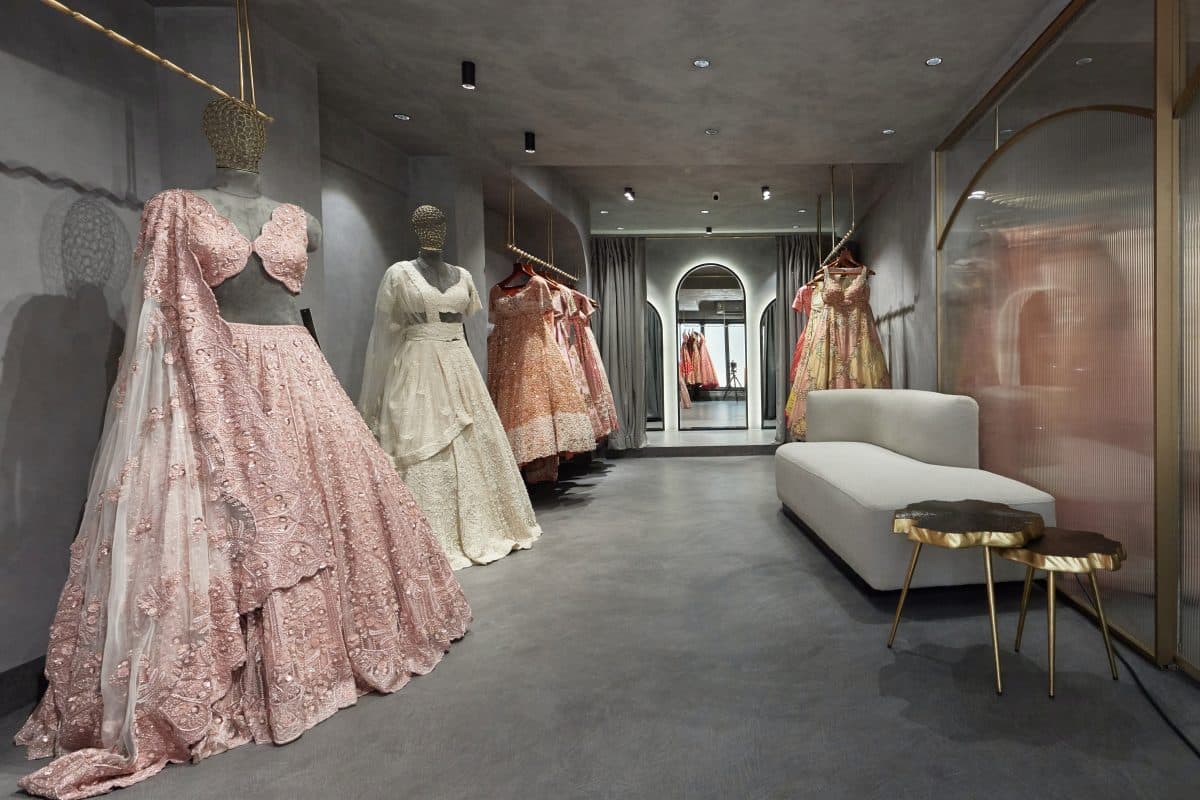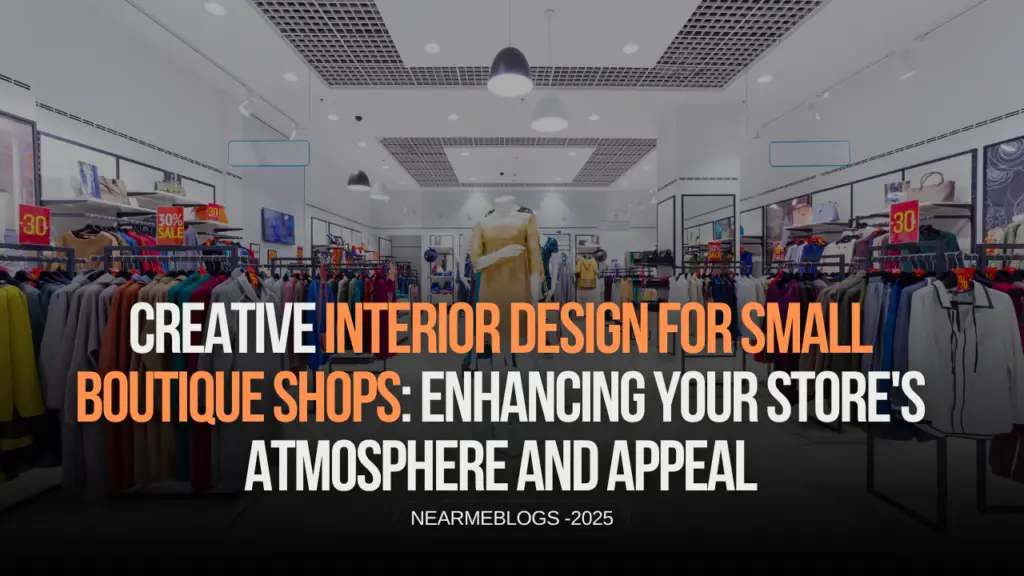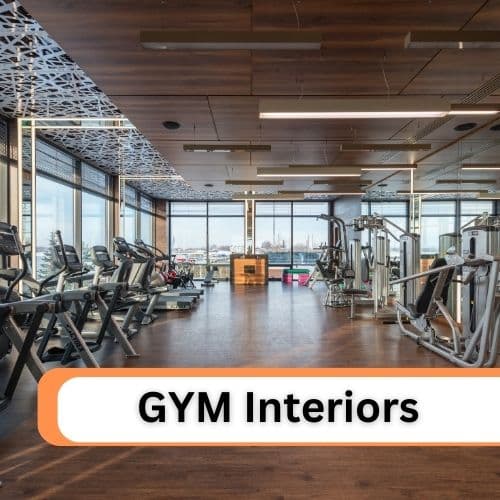Designing the perfect interior for a small boutique shop requires a blend of creativity, functionality, and strategic thinking. A boutique’s interior should not only reflect the brand’s identity but also create an unforgettable experience for the customers who walk through its doors. The challenge of working with a limited space can be daunting, but with the right approach to creative interior design, even the smallest boutique can leave a lasting impression.

Maximizing Space: Smart Design Solutions for Small Boutique Shops
When dealing with small retail spaces, every square foot matters. It’s essential to use smart design strategies that maximize the available space while maintaining a stylish and welcoming atmosphere. Space-saving techniques and the right layout can transform a cramped boutique into a charming, functional retail space.
One of the first steps in maximizing space is choosing the right furniture. For a boutique, custom-designed furniture pieces can be an excellent investment. Modular shelving units, mobile racks, and foldable display tables can help store and showcase products efficiently. These flexible furniture solutions allow you to adjust the layout as your inventory changes or during peak shopping seasons.

The placement of furniture plays a pivotal role in maximizing the perception of space. Strategic placement of fixtures, like vertical shelving or wall-mounted racks, can make a small room feel larger. Opt for open shelving to create an airy atmosphere that doesn’t overwhelm the space.
Creating a Brand Identity with Interior Design
A boutique’s interior design should seamlessly reflect its brand identity and aesthetic. Whether your shop focuses on luxury, vintage, or minimalistic styles, the interior must tell the story of your brand and provide a cohesive customer experience.
Color schemes are one of the most powerful tools in shaping your boutique’s identity. For a chic, modern feel, opt for neutral tones like white, grey, or beige with subtle accent colors. For a more bold and energetic vibe, consider incorporating vibrant colors such as red, yellow, or turquoise. The color palette should be consistent throughout the space, from the walls to the furniture to the displays.
Lighting plays a crucial role in reinforcing your brand’s identity and creating an inviting ambiance. Accent lighting can highlight key areas of the store, such as product displays or feature walls. Soft, warm lighting can help evoke a sense of comfort and luxury, while bright, cool lights can give a modern and energetic atmosphere.

Effective Use of Display Fixtures: Showcasing Products Creatively
In a boutique, the way you display your products is just as important as the products themselves. Since boutique stores often carry unique or handmade items, presenting them in an aesthetically pleasing manner is key to attracting customers and making sales.
Display tables, racks, and shelves should be used strategically to create a visually appealing arrangement that encourages customers to explore your merchandise. Create focal points by grouping products in a way that draws attention to particular items or collections. For example, place limited edition items or best-sellers on elevated pedestals or central display tables. This not only draws attention to these items but also highlights their exclusivity.
Consider creating themed sections within the boutique to showcase items in a curated way. This can be done by color, style, or product category. For instance, a vintage boutique may display clothing in sections based on eras or trends, while a jewelry store could arrange pieces by metal type or gemstone.
Utilizing wall-mounted displays or floating shelves can also save floor space and provide an elegant backdrop for showcasing products. If space allows, incorporating mirrors into your design can amplify the sense of space, create reflection, and highlight products more effectively.
Optimizing Store Layout for Customer Flow
A well-organized store layout not only optimizes the available space but also enhances the shopping experience. The layout should encourage customers to explore every corner of the store, guiding them naturally through different product categories while maintaining a smooth and comfortable flow.
One of the most effective ways to optimize flow is by implementing the loop layout. This layout encourages customers to walk through the entire store by creating a circular or serpentine path. This increases the chances of exposure to more products while allowing customers to move easily from one area to the next.
Zoning different areas of your boutique can help organize the store’s products logically, making it easier for customers to find what they are looking for. For example, designate specific areas for accessories, clothing, and home goods. Additionally, using display islands or partition walls can help separate different sections and create a more structured layout.
It’s important to leave enough space between aisles to ensure that customers can move freely without feeling cramped. Walking lanes should be wide enough to accommodate groups of people or customers with strollers or carts. This accessibility consideration is essential to enhancing the shopping experience.

Incorporating Sustainable Design Elements
Incorporating eco-friendly and sustainable design elements into your boutique’s interior can set your store apart from competitors and appeal to customers who value sustainability. Opting for recycled materials, such as reclaimed wood or repurposed metal, can give your boutique a unique character while reducing your environmental footprint.
Natural lighting can also contribute to a more eco-friendly atmosphere. Where possible, design your space to take advantage of natural light. Large windows, skylights, or glass doors can bring in sunlight during the day, reducing the need for artificial lighting and enhancing the store’s ambiance.
Another way to make your boutique more sustainable is by using energy-efficient lighting options like LED bulbs. These provide excellent lighting while consuming less energy, which is not only cost-effective but also better for the environment.
Creating a Memorable Customer Experience
The interior design of your boutique should not just be about aesthetics but also about creating a memorable customer experience. A successful boutique design encourages customers to linger, explore, and ultimately make purchases.
Personalized customer service is an essential element of the boutique experience. Design spaces where customers can interact with products comfortably and without feeling rushed. Private fitting rooms, where customers can try on clothing in a spacious and relaxing environment, add to the overall experience and increase the likelihood of a sale.
Incorporating interactive features into your boutique can also enhance the customer experience. For example, touchscreens or digital kiosks that allow customers to browse through additional products or learn more about the store’s history can make the shopping experience more engaging.
Conclusion: Bringing Your Boutique’s Interior Design Vision to Life
Creative interior design for small boutique shops is about balancing functionality with aesthetics. By incorporating clever space-saving solutions, reinforcing your brand’s identity, and offering a visually stimulating shopping experience, your boutique can stand out and create a lasting impression on customers.
With the right furniture, lighting, and layout, even a small space can feel inviting, expansive, and reflective of the brand’s unique offerings. By thinking outside the box and staying focused on delivering a positive customer experience, your boutique will not only attract more visitors but also foster long-term customer loyalty.






















This Post Has One Comment
Thank you for the articles